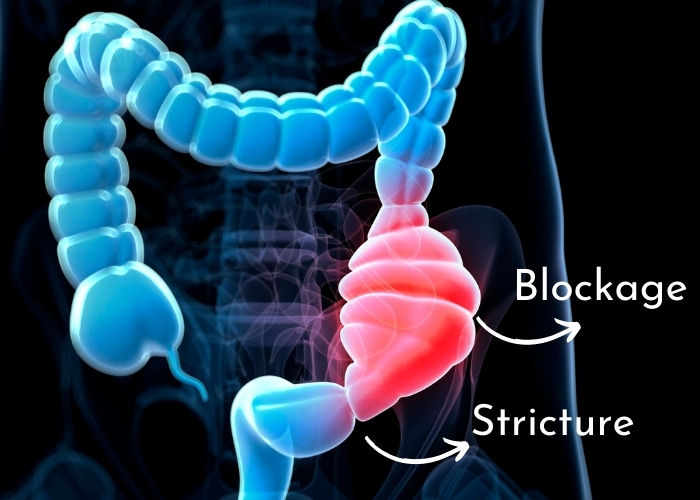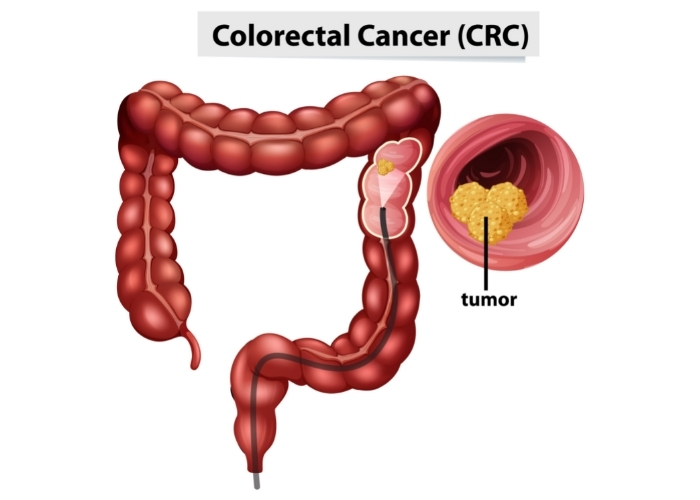Learning all about what disease can do and how it affects your body can help you manage your condition better. You can become an active member of your own healthcare team by being more informed. People with Crohn’s Disease can develop complications related to the part of the digestive tract involved, malabsorption of food, or the side effects of medications.
Crohn’s disease is an autoimmune condition that occurs when the body’s immune system, which normally fights infection, attacks healthy tissue instead. Crohn’s disease mainly affects the digestive tract. There can also be problems outside of the digestive tract as well, including skin rash, joint pain, eye redness, and less commonly, liver problems.
Crohn’s disease typically follows a repeating cycle of periods when the condition worsens and symptoms are present (flares), followed by periods when inflammation is controlled and symptoms are absent or controlled (remission). Severe and disabling symptoms are less common.
Some of the complications in people with Crohn’s disease are:
- Stricture
- Bowel obstruction
- Fistula
- Abscess
- Malnutrition, anemia and bone loss
- Peptic ulcer disease if there is involvement of stomach and duodenum (first part of small intestine)
- Bone loss
- Increased risk of colorectal cancer
- Complications beyond bowel in joints, skin, eyes, liver and bile ducts and kidney stones

Stricture
Chronic inflammation causes narrowing of the intestines, called strictures, which can cause difficulty for food matter to pass through. Strictures happen when scar tissue builds in the wall of the intestine. In severe cases, this narrowing can lead to a complete blockage, meaning no food or fluid can pass through that part of your intestine, causing bowel obstruction.
Bowel obstruction
Partial small bowel obstruction is common in people with longstanding Crohn’s disease. Bowel obstruction presents with abdominal pain, nausea, vomiting and an inability to pass stools, which requires a need for immediate medical help. The causes of obstruction could be strictures or narrowing of the bowel with superimposed inflammation.
Fistula and abscess
A fistula is an abnormal connection between two body parts. There is connection either between two different parts of the bowel, or the bowel with other organs, such as the bladder, vagina or skin. A fistula connecting the bowel and bladder can lead to recurrent urinary tract infections. An abnormal connection between bowel and skin can cause bowel contents to drain onto the surface of the skin.
The most common site that a fistula forms is the tissue surrounding the anus. An abnormal connection, other than causing fistula, can become infected, causing an abscess with symptoms such as throbbing pain, fever, blood and/or pus in the stools.

Malnutrition, anemia and bone loss
People with Crohn’s disease often experience weight loss and reduced muscle mass. The primary causes of reduced muscle mass are inflammation, decreased physical activity, and steroid medication used in treating Crohn’s disease. Low bone mass is also common, and has multiple factors causing it including steroids used in treatment.
The location and extent of intestinal involvement affects the risk if specific nutrient deficiencies in people with Crohn’s disease. The most common micronutrient deficiencies are vitamin D, vitamin B12, iron, zinc and calcium. Less common deficiencies are vitamin A, vitamin E, vitamin K and folic acid.
Iron and vitamin B12 deficiencies can affect the healthy functioning of red blood cells, causing anemia. Deficiency in vitamin B12 can also affect nerve functions. Vitamin D and calcium deficiency can cause bone loss. Skin problems and problems with wound healing can occur with zinc deficiency.
Peptic ulcer disease
Peptic Ulcer Disease occurs when the stomach and the first part of the intestine is involved, causing ulcers or open sores. The symptoms include heartburn, nausea, feeling of fullness, bloating or belching.

Increased risk of colorectal cancer
Cancer of the large intestine and rectum can occur in people with colon and rectum involvement. Inflammation of the colon, as seen in IBD, can cause continuous turnover of cells and increased risk of irregularities.
Other factors that may further increase the risk are:
- Family history of colorectal cancer
- Primary sclerosing cholangitis, a disease of the bile ducts
- Men with Crohn’s disease or colitis have been found to have a slightly higher chance of developing colorectal cancer than women
- Risk is higher in people over the age of 50
Early detection is key, and regular screening for colorectal cancer is recommended with a colonoscopy. A colonoscopy is a type of examination that allows a specialist to look directly at the lining of the colon and rectum using a long flexible tube, called a colonoscope. Sometimes abnormal cells can be removed at the time of colonoscopy, avoiding the need for a surgical procedure. Screening is generally done every 1-2 years in people who have had symptoms of IBD for 8 years or longer. The frequency of testing may be less than every 1-2 years, depending on the results of the previous colonoscopy.
Complications beyond bowel
Joints
Arthritis, joint pain and swelling can be affected in two ways: peripheral arthritis primarily involving the large joints, and inflammation of spinal bones or vertebrae.
Skin
Two of the most common skin conditions are Erythema Nodosum and Pyoderma Gangrenosum.
Erythema nodosum presents with tender red bumps, which typically appear on the shins. The appearance of these skin lesions usually parallels intestinal disease activity. Treatment directed at the underlying IBD usually results in resolution of lesions.
In pyoderma gangrenosum, multiple skin lesions join together and form deep chronic ulcers at the trauma site. Pyoderma gangrenosum lesions do not usually parallel IBD activity, and steroid therapy usually results in healing.
Eyes
Eye involvement may be due to inflammation or side effects of medications. Some conditions affecting the eyes may threaten your eyesight, so you should see an eye doctor immediately.
Please visit an eye doctor immediately if you experience:
- Vision loss or impairment
- Severe foreign body sensation that prevents you from keeping the eye open
- Severe headache with nausea
- Area of the eye that appears cloudy and is not completely clear
Prolonged use of steroids can cause cataracts (clouding of the normally clear eye lens), glaucoma or increased pressure in the eye.
Methotrexate, a medication used in the treatment of IBD, rarely affects the eyes. It can cause swelling around the eyes, blurred vision, light sensitivity, red eye, inflammation of the eyelid, and damage to the optic nerve due to folate deficiency.
Liver and bile ducts
Primary Sclerosing Cholangitis (PSC), a disease of bile ducts (thin tubes that connect the liver to the small intestine and carry bile), is a rare disorder that affects males twice as often as females. Inflammation, scarring and narrowing of the ducts causes serious liver damage over time.
Fatty liver and autoimmune liver disease have also been associated with IBD.
Kidney stones
Iin people with Crohn’s disease, dehydration, electrolytes imbalance, inflammation, and malabsorption of food can result in kidney stones.
Crohn’s disease may put you at risk of developing some of the above complications. Having a good plan, learning about the disease, and working with your doctor are important in managing this disease, being empowered and feeling positive about the future.
Recognizing symptoms early on and talking openly with your doctor about how your symptoms impact you, are key to getting the treatment you need right away.


